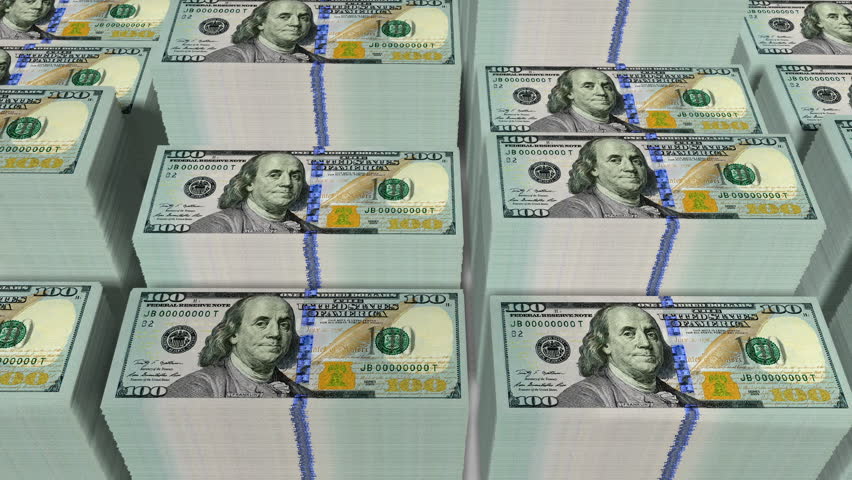
Prospect theory value as investment factor
Prospect theory value as investment factor
Prospect theory value is a valid investment factor, particularly in episodes of apparent market inefficiency. Prospect theory is a popular model of irrational decision making. It emphasizes a realistic mental representation of expected gains and losses and an individual’s evaluation of such representations. Prospect theory explains asymmetric loss aversion (view post here) and gambling preferences (view post here). Since mental representations of expected returns and volatility are often driven by price charts, prospect theory value can be estimated based on historic asset return distributions. Assets with a high prospect theory value should have low subsequent returns and vice versa. This proposition holds even if part of the market is fully rational as long as there are balance sheet and risk limits. Empirical academic papers have confirmed the prospect theory value in international equity, corporate bond and foreign exchange markets.








